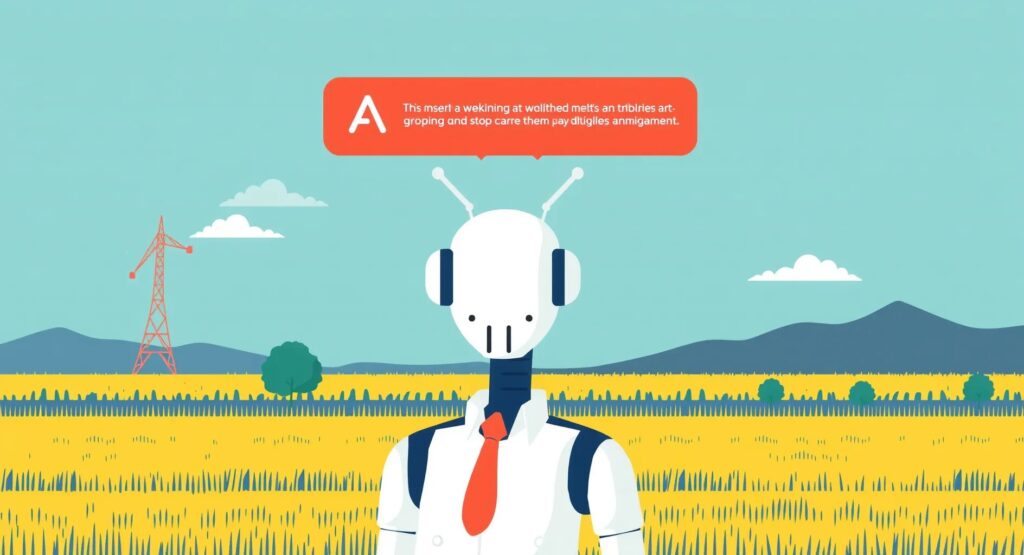
Grief Tech is an emerging field that merges technology with the human experience of grief and loss. By using advanced AI and digital platforms, grief tech allows people to maintain connections with their deceased loved ones in ways that were once unimaginable. From interactive avatars to AI-powered chatbots, grief tech is reshaping how we experience mourning and memory.
What Is Grief Tech?
Grief tech refers to a range of technological innovations designed to help people cope with loss. These tools often involve creating digital representations of the deceased, allowing for continued interaction after death. This can take the form of chatbots that mimic a person’s conversational style, virtual reality experiences that recreate their presence, or even holographic avatars that can “speak” at memorial services.
For example, HereAfter AI enables users to create a “life story avatar” by uploading memories, stories, and recordings of a loved one. This avatar can then engage in conversations, providing a more interactive and dynamic way of remembering the deceased compared to traditional methods like photo albums or videos.
Why Is Grief Tech Becoming Popular?
The rise of grief tech is driven by several factors. First, the digital age has made it easier to collect and store vast amounts of personal data, from voice recordings to social media interactions. As people spend more time online, they leave behind a digital footprint that can be transformed into a posthumous presence.
Moreover, AI and machine learning technologies have advanced to the point where they can create eerily accurate simulations of a person’s voice, mannerisms, and conversational habits. This has led to the development of tools like Somnium Space’s “Live Forever” mode, where users can create virtual avatars that exist indefinitely in a digital world.
Potential Benefits of Grief Tech
At its core, grief tech offers a unique way to preserve the memory of a loved one. For those struggling with loss, these AI-driven avatars can provide a sense of comfort and continuity. Instead of a sudden and final goodbye, grief tech allows for a gradual process of saying farewell. The ability to interact with a digital version of a loved one can also help people process their emotions, providing a new avenue for healing and reflection.
Moreover, grief tech has the potential to transform how we archive and interact with memories. Rather than flipping through photo albums or watching old videos, these technologies offer a more immersive experience. They allow for real-time interactions, where individuals can ask questions, hear familiar voices, and even share new experiences with the deceased’s digital counterpart.
The Dark Side of Digital Resurrection
Despite its potential benefits, grief tech is not without its critics. Many argue that these technologies could lead to unhealthy attachments. By interacting with a digital version of a loved one, some individuals might find it difficult to accept the reality of their loss. This could delay the natural grieving process, leading to prolonged emotional distress.
Additionally, the ethical implications of consent are significant. Who has the right to create and control these digital avatars? In cases where the deceased did not explicitly consent to such a creation, it raises questions about privacy and the dignity of the deceased. Furthermore, there’s the concern that these technologies could be exploited for profit, with companies capitalizing on people’s grief and vulnerabilities.
Another issue is the potential for misrepresentation. No matter how advanced the technology, these digital avatars are still simulations—they are not the real person. They might get things wrong, display behaviors the real person never would, or even evolve in ways that are inconsistent with the individual’s true character. This could create emotional confusion or lead to a distorted memory of the deceased.
Ethical and Psychological Implications
While grief tech offers new ways to cope with loss, it also raises significant ethical and psychological concerns. Critics argue that these technologies might exploit vulnerable individuals, turning the natural grieving process into a commercial opportunity. There’s also the risk that interacting with digital representations of the deceased could hinder emotional closure, prolonging the grieving process rather than aiding it.
Psychologists warn of the potential emotional risks, as these interactions could create confusion or even dependency. The avatars, no matter how advanced, are not the real person—they are a constructed simulation that might inadvertently misrepresent the deceased, leading to further grief or emotional turmoil.
The Future of Grief Tech
Looking forward, grief tech is likely to become more integrated into the ways we deal with death and remembrance. As technology continues to advance, we may see more sophisticated forms of digital immortality, such as fully interactive holograms or AI that can learn and adapt even after the person has passed away.
However, the growth of grief tech will require careful consideration of the ethical and emotional impacts on society. As we embrace these new tools, it’s crucial to ensure they are used in a way that truly supports the grieving process and respects the dignity of the deceased.
AI in Psychological Assessment





